40 Years of the IEEE 802 Ethernet Standard
A unified standard for Ethernet networks developed four decades ago still serves as the foundation of today’s incredible connectivity.
In 1973, engineer Bob Metcalfe proposed a simple but revolutionary method to connect computers in local area networks (LANs) using coaxial cable and a modular connector. Ethernet was born. But that was just the beginning. At first, systems designers were on their own and a wide variety of configurations proliferated across the LAN landscape. In 1979, members of the IEEE Local Area Network Standards Committee began discussing standardization to help unify the many variations of Ethernet and guide component manufacturers. The proposal they submitted to the IEEE Computer Society was formally approved by the IEEE in March 1980. Today it is known as IEEE 802.
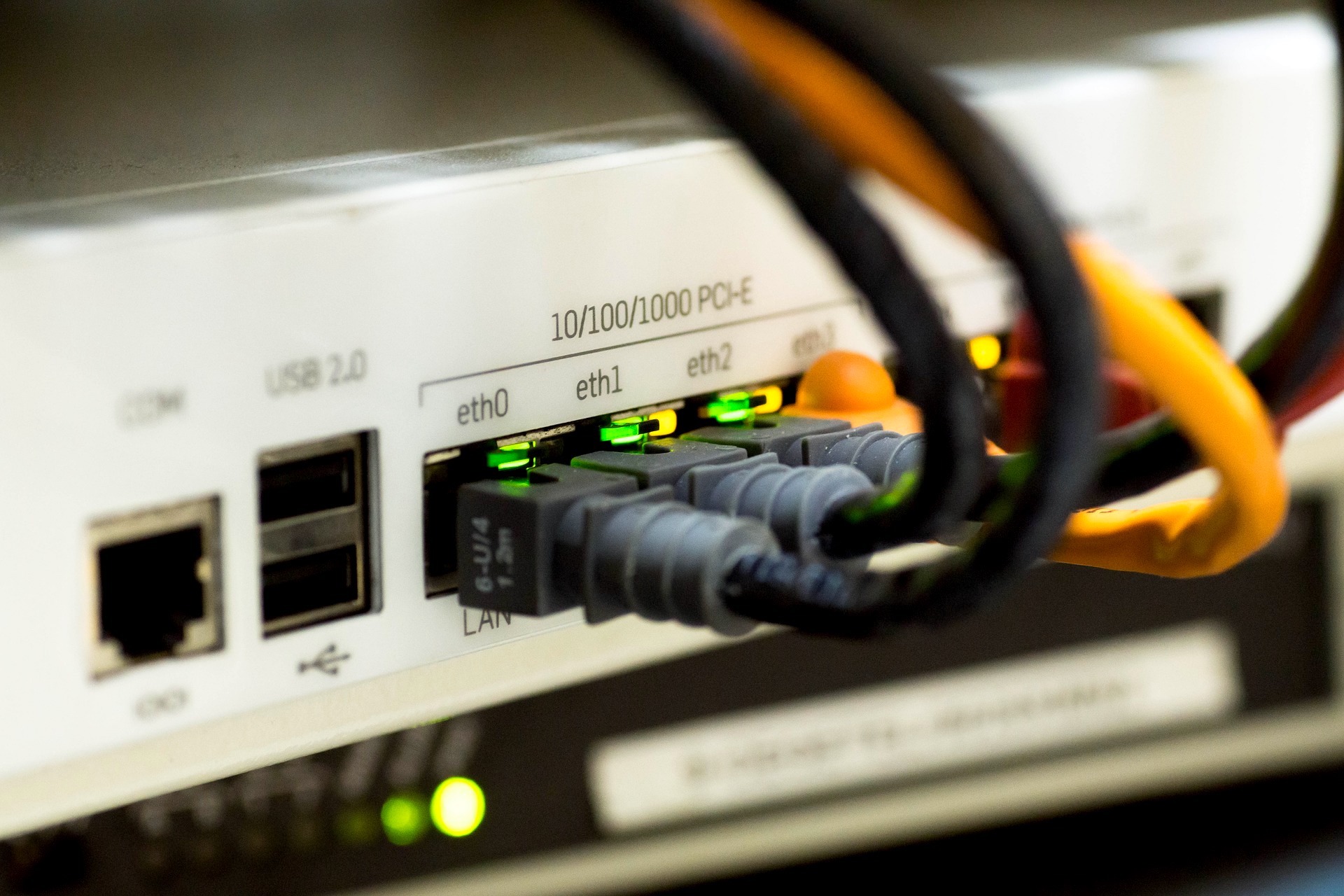
Over the years, this foundational standard has expanded and evolved to accommodate demands for greater quality, security, and ruggedness, as well as exponentially increasing speeds. Today, the IEEE 802 family consists of 71 published standards, with another 54 under development.
On April 2, 2020, the IEEE 802.3 Ethernet Working Group released its “IEEE 802.3 Industry Connections Ethernet Bandwidth Assessment, Part II.” The 18-month study gathered and analyzed data from a number of industry sources, which indicated that all of the underlying factors that drive a bandwidth explosion, including the number of users, increased access rates and methods, and increased services, all point to continuing growth in bandwidth. Based on extrapolation of the submitted data, the assessment indicates that there is a broad diversity in the bandwidth growth rates of the various applications explored, ranging in 2025 from 2.3× to 55.4× the traffic levels of 2017. This data was compared against 800GbE and 1.6TbE, based on the assumption that a respective project to define either speed would be complete by 2025. While these two speeds respectively represent a 2x and 4x increase over the current maximum speed of 400GbE (standardized in 2017), they would both lag nearly all of the forecasted growth curves for the various application spaces considered. This data highlights the need for an Ethernet solution beyond 400GbE by 2025, or the noted lag will only worsen. The assessment made no recommendations regarding how to best address the needs of these application spaces, leaving that discussion to a future standards activity in IEEE 802.3.
To recognize the 40th anniversary of the original standard, we connected with “Ethernet Evangelist” John D’Ambrosia, former chairman of the Ethernet Alliance and task force chair for the 802 working group.
Over the years, how have connector manufacturers contributed to the evolution of this standard?
Given the breadth of Ethernet applications, it is often easy to overlook the myriad of challenges that the connector industry has faced during the evolution of the Ethernet standard. While many associate the RJ45 connector with Ethernet, the reality is there is an array of different connector types — some proprietary and some standardized — that have been created to address all of the different Ethernet specifications, each with its own specific mechanical and electrical needs.
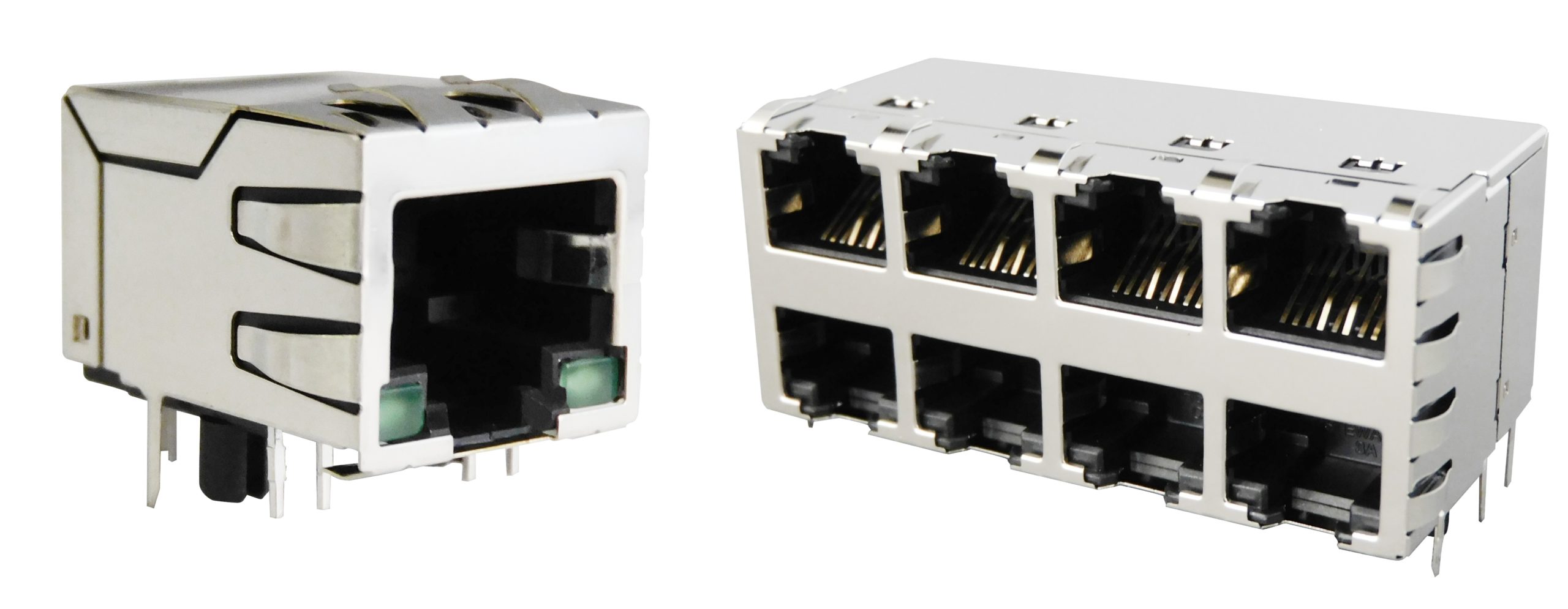
Stewart Connector’s single- and multi-port 2.5G RJ45 connectors meet today’s 1G and 2.5G standard. They can be run over existing Cat 5e cabling and employ a unique design that addresses crosstalk and return loss issues common to 2.5G Ethernet applications.
The connector industry has also played an active role with each successive speed of Ethernet in building industry confidence in the interoperability of each new speed of Ethernet. As a former chairman of the Ethernet Alliance, I saw the connector industry participate in all of the industry “plugfests” and demonstrations that were planned, building industry confidence in each successive standard. This is very important to note, because the successful deployment of one speed often provides the initial basis for the development of the next speed.
When it comes to Ethernet, people expect it to be low–cost and just work. The connector industry has contributed to this perception by developing solutions that meet the necessary cost targets that enable a cost–effective Ethernet solution.
How has the standard influenced development of cables and other components over the years?
The Ethernet standard has impacted the Ethernet solution in a variety of ways, both during the development of the actual standard itself and then during the successive deployment of the standard. The development of backplane connectors provides an excellent example. In the case of Ethernet backplanes, the performance of the connector significantly contributes to the performance of the backplane channel, including the channel throughput, near– and far–end crosstalk, and the respective return losses. The connector industry has repeatedly found ways to improve Ethernet connectors, to drive connector performance up, cost down, or even just the density of the solution up, which also contributes to lowering the cost of the overall system. However, Ethernet connectors are not just developed to meet the necessary performance requirements; they must also meet all the mechanical requirements of a given application and be manufacturable in high volume. After all, this is Ethernet.
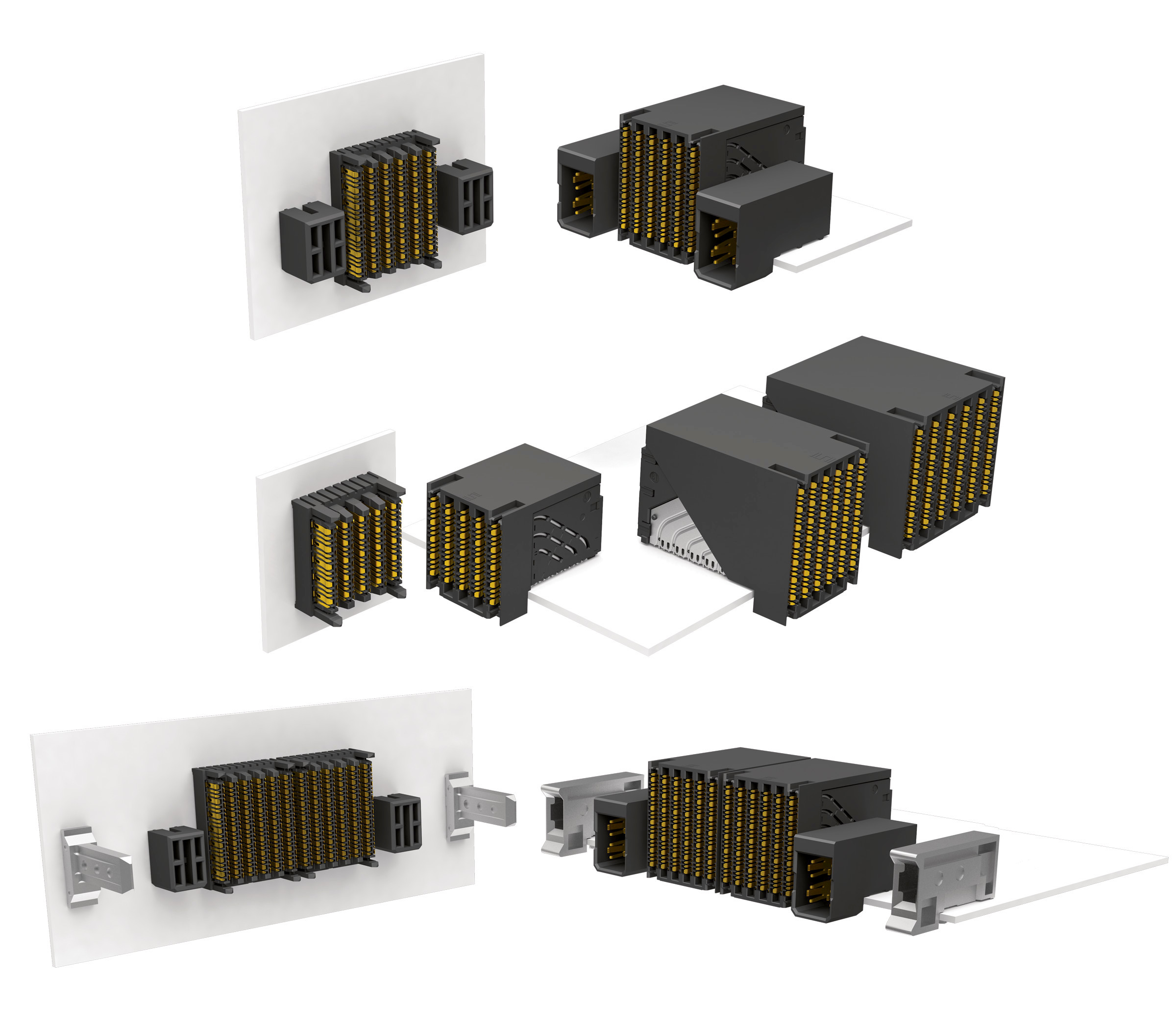
Samtec’s high-speed ExaMAX Backplane Systems enable 56Gb/s electrical performance on a 2.00mm column pitch and meet industry specifications, including PCIe, Intel OPI and UPI, SAS, SATA, Fibre Channel, InfiniBand, and Ethernet. Their direct-mate orthogonal design eliminates the need for a backplane/midplane and shortens the path for improved signal integrity.
Single-pair Ethernet (802.3cg) is a significant development in the 802 family. What does this mean for the RJ45?
Single–pair Ethernet and traditional BASE-T Ethernet target different application spaces. One does not replace the other. When people discuss traditional BASE-T applications, they are looking at the enterprise space, where the specification is designed to reach up to 100m over a CAT5 or better unshielded twisted-pair (UTP) cabling, dependent upon the rate of operation specified. The IEEE 802.3cg standard specifies two optional connector interfaces, the IEC 63171-1 and the 63171-6 connectors. In this instance, it is left to the user’s discretion to select the connector or to use an application–specific connector. Additionally, the standard was influenced by the desire to be able to operate over a backplane environment.
The RJ45 remains the workhorse connector in the four-pair Ethernet space, while the IEC 63171-1 and 63171-6 connectors are used in single-pair Ethernet environments such as Industry 4.0 and building automation.
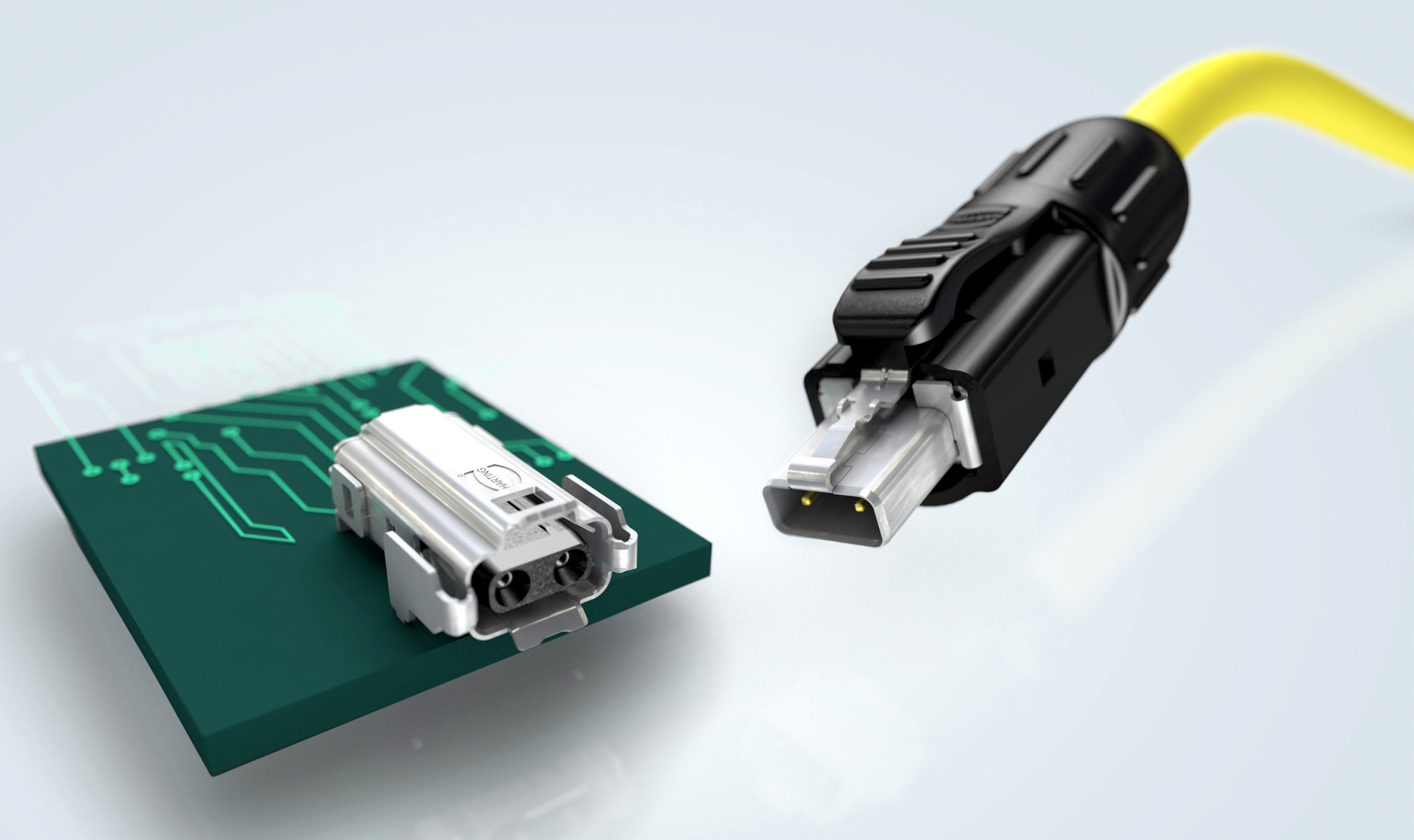
HARTING’s T1 Industrial Series was the first standardized single-pair Ethernet (SPE) interface available on the market. It has since been recognized as the SPE connector standard.
As speeds continue to increase, what are the most urgent issues IEEE needs to address in future 802 standards?
IEEE provides the rules and process by which standards are defined. It is the participants who provide all of the hard work and technical insight to advance the development of standards. Given the breadth of Ethernet applications, the perspective of the most urgent issues facing the development of future 802 standards will be highly dependent upon the individual being questioned.
From my perspective, the next bandwidth tsunami Ethernet will be expected to address will stem from not only an increase in users but also their use of devices that support and consume more and higher bandwidth. American scholar Albert Bartlett said, “The greatest shortcoming of the human race is our inability to understand the exponential function.” The industry needs to recognize that all signs are pointing towards the continued bandwidth trend of “up and to the right.”
The Ethernet roadmap extends to 800Gb. How much further can copper be pushed before fiber becomes the only option in even short runs?
While 800GbE is often discussed as the next rate of Ethernet, at this time the IEEE 802.3 Ethernet Working Group has no official project underway to define any Ethernet specifications beyond 400 Gb/s. With the latest incarnation of the Ethernet Bandwidth Assessment currently pending approval, discussions regarding a new higher speed are happening more frequently.
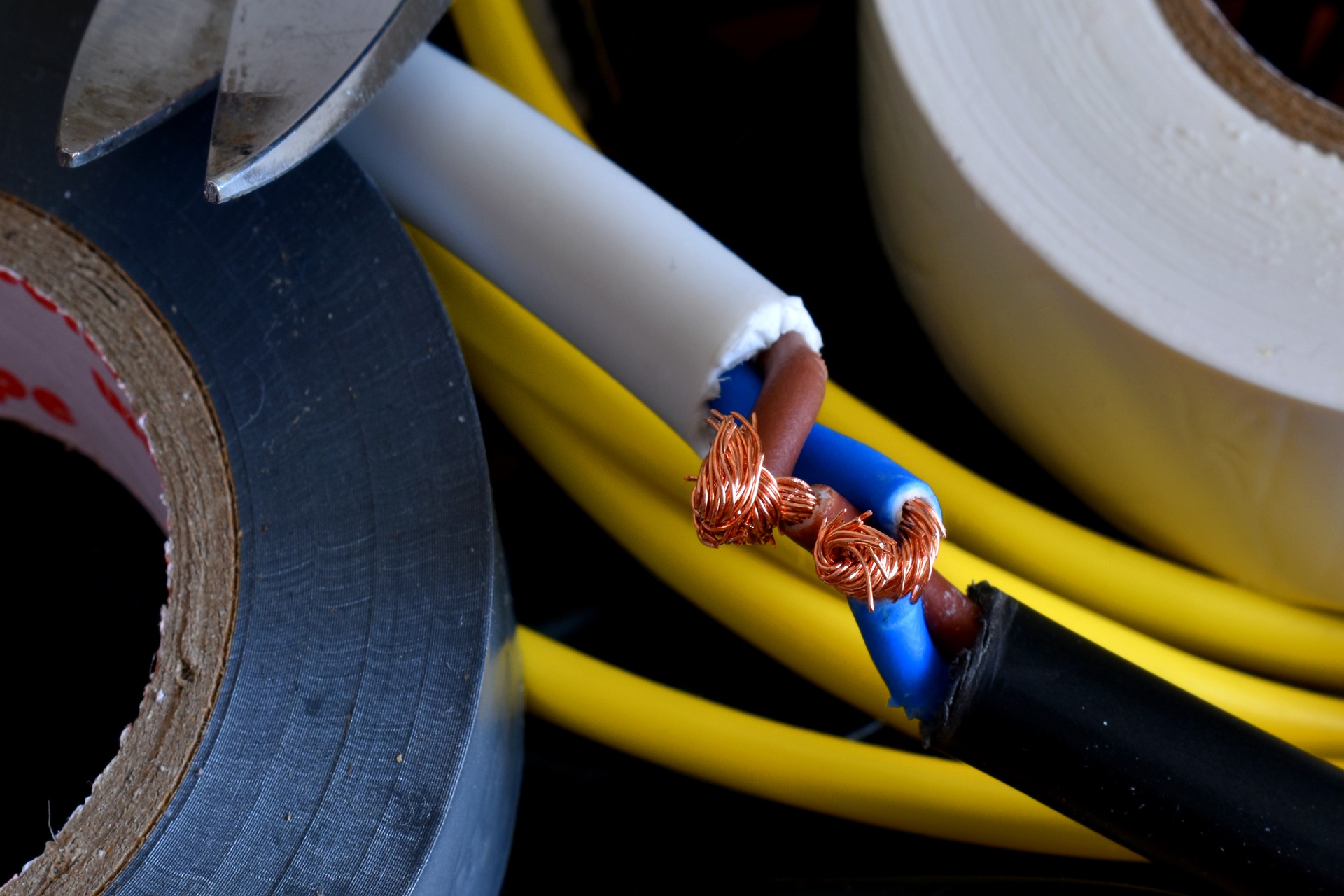
The question of how long until copper is replaced by fiber is one that I have heard the entire 20 years that I have been in IEEE 802.3. Nonetheless, copper solutions continue to exist, driven by the cost advantages that copper solutions still provide. However, one cannot lose sight of the fact that the economics of an application will ultimately dictate its solution. As copper cable shrinks to shorter trace lengths, copper’s role in implementations of higher-speed Ethernet continues to change. Pushing to the next speed of signaling, this time 100Gb/s, is proving as challenging as other prior speeds, but progress continues. So, as Mark Twain put it – rumors of my death have been greatly exaggerated. Be careful before counting copper out!
IEEE 802.3 Industry Connections Ethernet Bandwidth Assessment, Part II is available for download now.
Like this article? Check out our other Ethernet, standards, and high-speed articles, our Datacom/Telecom and Wire/Cable Assembly Market Pages, and our 2020 and 2019 Article Archives.
- Where in the World is Amphenol LTW’s Luc Kan? - April 23, 2024
- TE Connectivity’s Sustainability Efforts Pay Off - April 23, 2024
- What is a VGA Connector? - April 23, 2024





